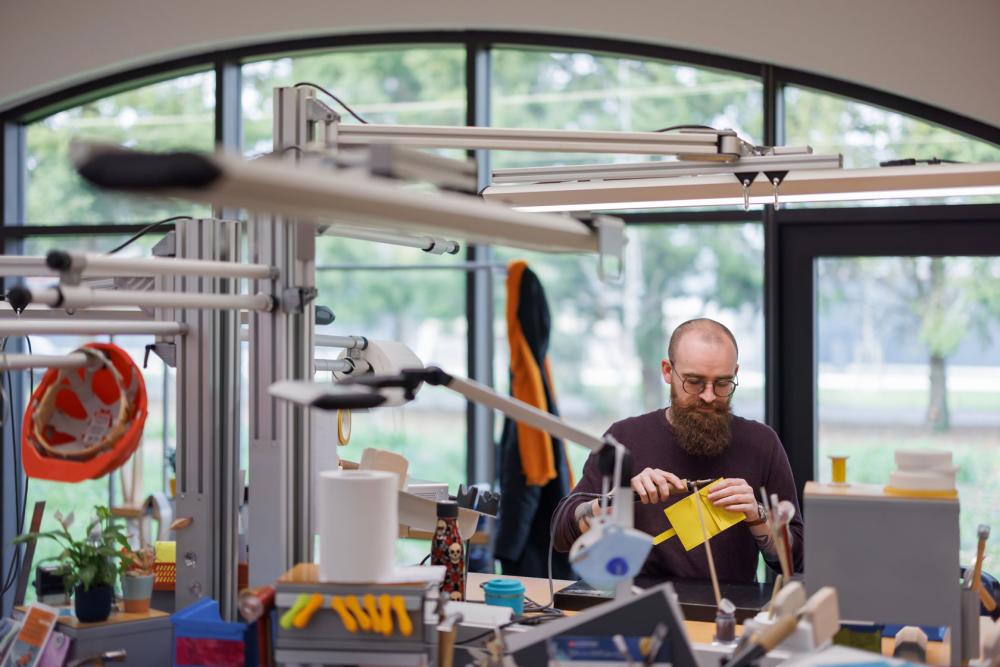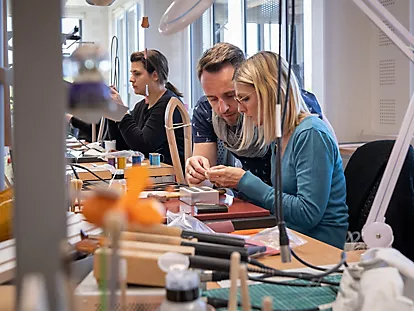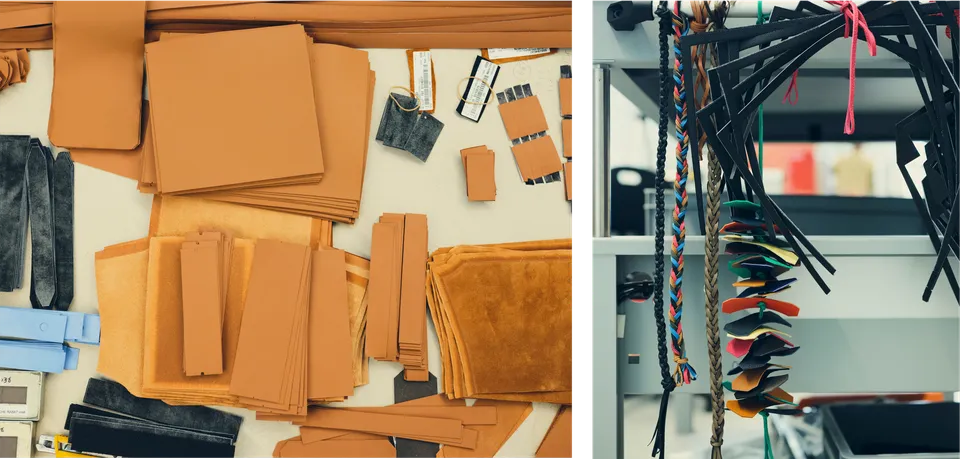Summer sale discount off 50%! Shop Now
Currency
Training an Hermes Artisan: The Journey Behind Every Kelly and Birkin
- Home
- ReplicaX Blog | Style Guides and Insider Secrets
- Training an Hermes Artisan: The Journey Behind Every Kelly and Birkin
Training an Hermes Artisan: The Journey Behind Every Kelly and Birkin
Sep 14, 2025
By
Sophia Whitmore
0 comment(s)
Training an Hermès Artisan: The Journey Behind Every Kelly and Birkin
Luxury fashion isn’t just about a name stamped in gold. It’s about the painstaking craftsmanship behind every piece. Few brands embody this truth as deeply as Hermès. The house’s most coveted creations—the Kelly and Birkin bags—aren’t just accessories. They’re the product of years of training, skill, and tradition carried by artisans who dedicate themselves to a craft passed down through generations.
This article unpacks the journey of becoming an Hermès artisan: the training process, the culture of excellence, the rhythm of daily workshop life, the role of technology (and its limitations), the focus on sustainability, and the reason a Kelly or Birkin isn’t just expensive—it’s priceless.
The Hermès Standard: More Than a Luxury Brand
Founded in 1837 by Thierry Hermès, the brand began as a harness and saddle workshop. This equestrian heritage set the tone for its uncompromising commitment to leatherworking mastery. The founder’s reputation spread among Europe’s elite horse riders, and Hermès became synonymous with durable, flawless leather goods.
Today, while Hermès has expanded into ready-to-wear, silk scarves, and home goods, its leather goods remain the gold standard of craftsmanship. The Kelly bag, named after actress-turned-princess Grace Kelly in the 1950s, and the Birkin, created in the 1980s after a chance encounter between actress Jane Birkin and Hermès CEO Jean-Louis Dumas, embody the brand’s union of heritage and modern relevance.
When someone hears “Hermès Kelly bag” or “Hermès Birkin making,” what they’re really asking is: how does Hermès create something so revered that waiting lists stretch into years? The answer begins with the artisan.
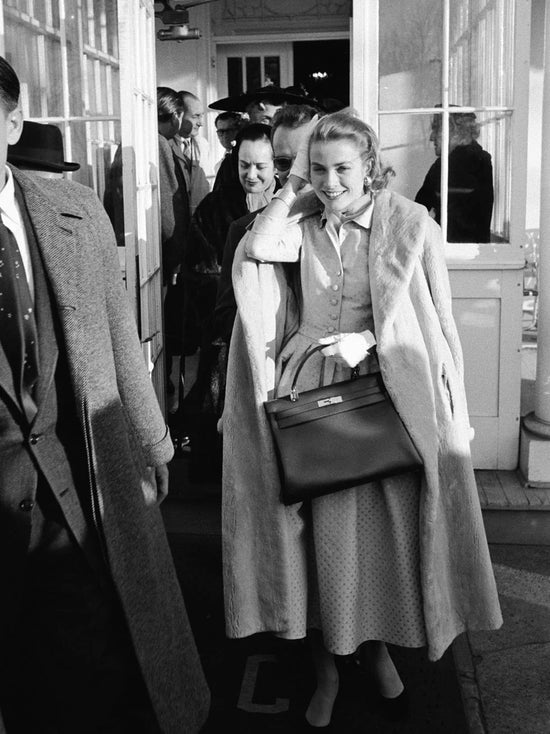
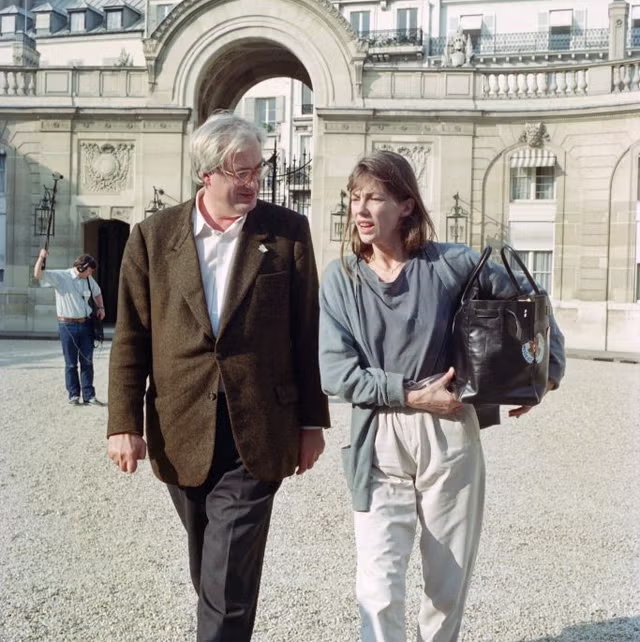
The Path to Becoming an Hermès Artisan
Hermès doesn’t simply hire craftspeople off the street. Each artisan undergoes a rigorous training program that can last two to three years before being entrusted with creating a bag like the Kelly or Birkin.
Step 1: Recruitment
Most artisans start young, often through partnerships with schools that teach traditional leatherworking. Candidates are chosen based on their technical aptitude, patience, and dedication to detail. Precision and passion matter more than speed.
One artisan recalled in an interview: “When I applied, I wasn’t asked how quickly I could work. They asked if I loved working with my hands, if I was willing to repeat the same stitch a thousand times until it was perfect. That told me everything about the Hermès philosophy.”
Step 2: Apprenticeship
Training takes place at Hermès leather workshops across France. Apprentices first learn fundamental leatherworking skills—cutting, saddle stitching, edge painting, and shaping. These aren’t just tasks; they’re techniques rooted in equestrian leathercraft traditions.
The hallmark of Hermès is the saddle stitch, a hand-sewing method stronger than machine stitching. Apprentices spend months mastering this single technique before progressing to bag construction.
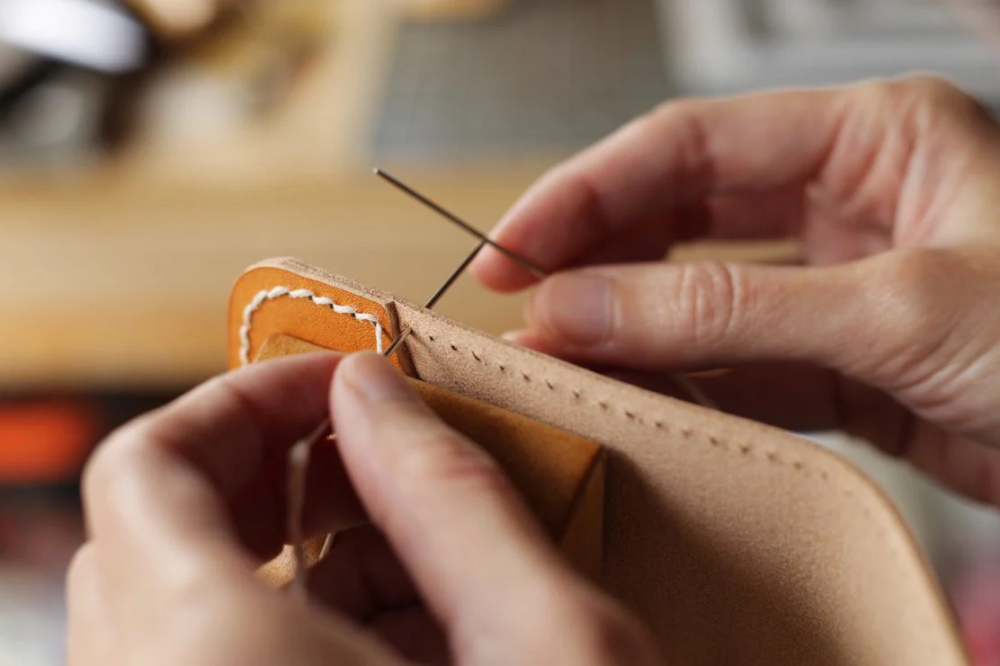
Step 3: Supervised Practice
An apprentice doesn’t immediately touch a Birkin or Kelly. Instead, they practice on smaller, less complex items: watch straps, wallets, and belts. Every piece is reviewed by senior artisans. Mistakes aren’t tolerated, not because of harshness, but because quality control is sacred. Hermès artisans don’t make “good enough.” They make flawless.
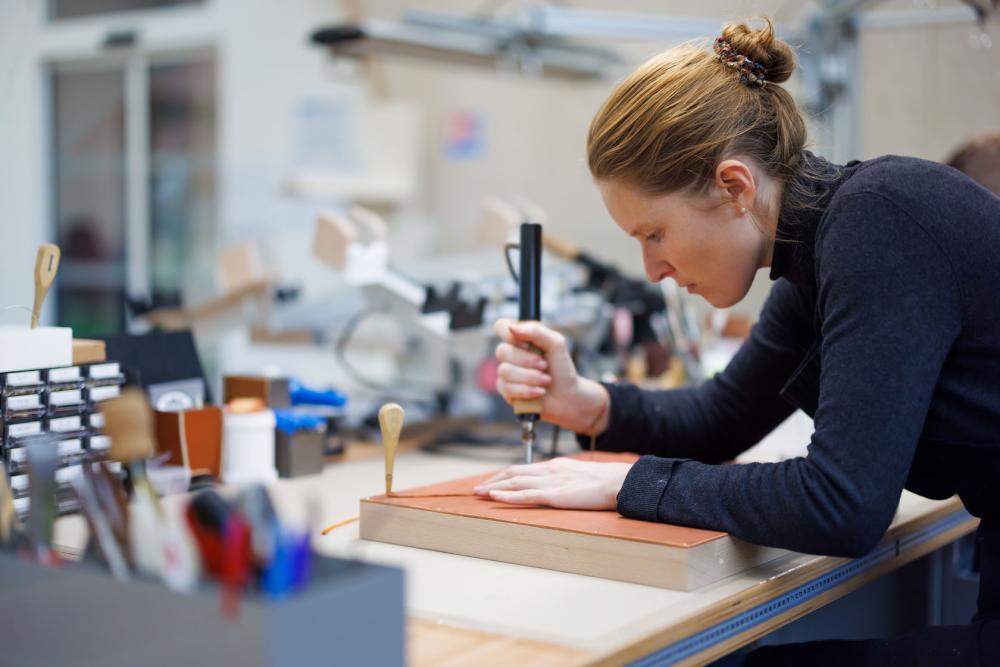

Step 4: Earning the Right to Craft a Kelly or Birkin
Only after years of perfecting their craft do artisans graduate to making the most iconic bags. Each artisan makes a Birkin or Kelly from start to finish, never as part of an assembly line. This approach ensures consistency of vision and quality—each bag is an artisan’s personal masterpiece.
Inside the Training: What It Really Takes
The training isn’t only technical. It’s also cultural. Hermès instills values that go beyond craftsmanship:
- Patience: An Hermès bag can take 15 to 20 hours to complete. Training artisans learn early that speed compromises integrity.
- Respect for materials: Leathers are hand-selected and handled with reverence. Apprentices are taught that every cut is permanent and unforgiving.
- Pride in authorship: Because one artisan is responsible for an entire bag, their name is forever associated with it. Inside every Kelly or Birkin, you’ll find an artisan’s stamp.
One senior artisan once told a trainee: “The day you stamp your initials on a bag, you are not just finishing leather—you are signing your name to history.”
The Daily Life Inside an Hermès Workshop
To understand the weight of training, it helps to step inside the workshops themselves:
- The Tools: Apprentices are introduced to a personal set of tools: awls, needles, pricking irons, edge burnishers, and paring knives. Each artisan sharpens, oils, and maintains their own tools, which become extensions of their hands.
- The Routine: Days begin with leather inspection. Apprentices learn to read the grain, identify imperfections, and decide which section of hide will become part of a bag. Work is quiet, almost meditative—the only sounds are the rhythmic tap of mallets and the pull of waxed linen thread through leather.
- Mentorship: Senior artisans walk the floor, observing, correcting, and demonstrating. Apprentices might spend an entire week just practicing symmetrical stitches on scrap leather. Feedback is immediate, direct, and constructive.
- Community: Despite the solitary nature of crafting a whole bag, workshops are collaborative. Artisans share advice, celebrate milestones, and collectively uphold the brand’s reputation.
One artisan described it simply: “The workshop is like a monastery for leather. Every day is practice, patience, and precision.”
Technology and Tradition: A Deliberate Balance
In an age where automation dominates manufacturing, Hermès stands apart. Technology has its place—but only as a supporting actor, never the lead.
- Limited Machinery: Machines are used sparingly, mostly for tasks like pressing hardware or cutting larger leather panels. Every stitch, every seam, every finish is still done by hand.
- Digital Precision Tools: Apprentices are sometimes introduced to digital calipers and measurement tools to ensure accuracy, but these never replace hand-guided cutting and stitching.
- Preserving Human Touch: Hermès believes imperfection in uniformity is what makes each bag unique. No computer can replicate the subtle tension of a saddle stitch guided by years of muscle memory.
One artisan explained: “We use machines only where it makes sense—but the soul of a Kelly or Birkin comes from our hands, not a circuit board.”
For apprentices, this means training emphasizes manual dexterity, intuition, and tactile sensitivity. Technology is a tool, not a crutch.
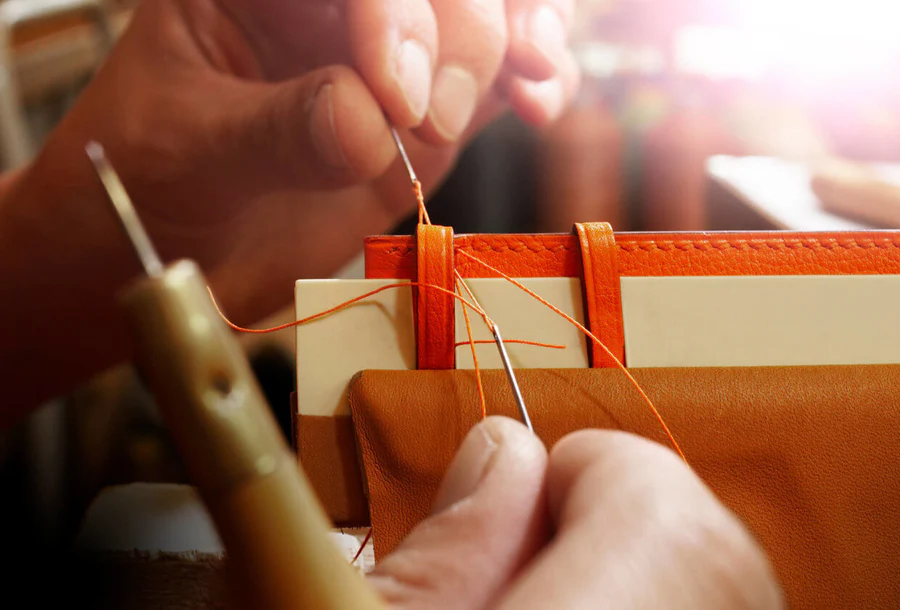
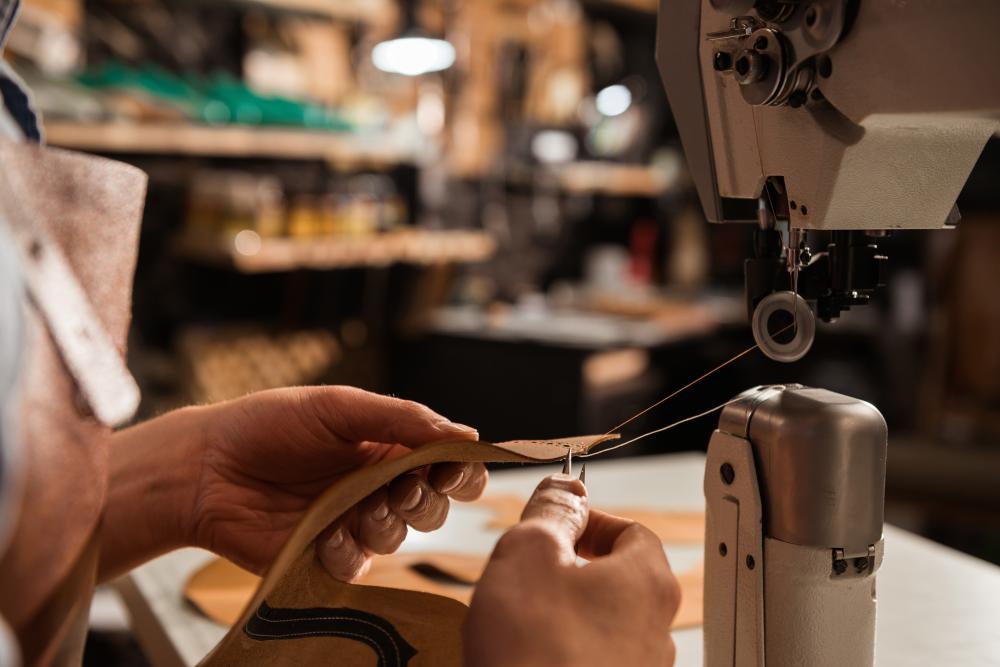
Sustainability in Artisan Training
Sustainability isn’t an afterthought at Hermès—it’s woven into training from the start.
- Respect for Leather: Apprentices are taught to minimize waste. Every hide is treated as precious, with careful planning to ensure maximum use. Small scraps are repurposed into accessories or samples.
- Ethical Sourcing: Hermès emphasizes the importance of knowing where materials come from. Artisans learn about the brand’s partnerships with certified tanneries that follow strict environmental and ethical standards.
- Durability as Sustainability: Instead of chasing fast trends, artisans are reminded that making bags that last generations is the ultimate sustainable practice. A Birkin or Kelly doesn’t end up discarded—it’s repaired, resold, or passed down.
One trainer explained to apprentices: “The most ecological bag is the one you never throw away. That is why your stitches must outlast you.”
By instilling respect for both materials and the planet, Hermès ensures its artisans carry forward not only a legacy of luxury but also responsibility.
Why Training Is So Intense
Some might ask why Hermès invests so much time in training artisans. The answer lies in the brand’s ethos:
- Rarity creates value: Limiting production ensures quality and exclusivity. Intensive training naturally slows output.
- No shortcuts: Machines can’t replicate hand craftsmanship, and Hermès refuses to compromise.
- Consistency across generations: Training preserves the traditions and techniques that make Hermès bags timeless.
The result? Bags that not only last decades but often increase in value, becoming heirlooms.
The Artisan’s Journey in Numbers
- Training period: 2–3 years before touching a Kelly or Birkin
- Time to make one bag: 15–20+ hours of handwork
- Artisans employed by Hermès: Over 4,000 craftspeople in leather workshops worldwide
- Bags produced annually: Still limited despite demand in the hundreds of thousands
Stories From the Workshop Floor
Many Hermès artisans describe their first bag as a defining career moment. One craftsman shared: “I cried when I finished my first Kelly. I had spent months on wallets and watch straps, but when I held that bag, I knew every lesson, every correction had led to this moment.”
Another recalled being gently but firmly corrected by a master trainer: “I had cut the leather a millimeter too short. He didn’t scold me, he just said, ‘Now you understand why patience matters.’ That mistake stayed with me, and I never repeated it.”
These stories reveal that Hermès’ training is not only about skill but also about building resilience, humility, and pride.
Why It Matters to Customers
For someone spending tens of thousands on a bag, training details matter. They explain why Hermès Kelly bag and Hermès Birkin making isn’t about profit margins but artistry.
- Authenticity: Buyers know no two bags are identical.
- Longevity: A trained artisan’s stitch ensures durability.
- Investment: The artisan’s mastery translates into bags that retain, and often grow, in value.
In a world of fast fashion, Hermès’ slow, deliberate process makes its bags cultural touchstones.
Final Thoughts
Training an Hermès artisan isn’t just about teaching skills. It’s about preserving a legacy, instilling values, and ensuring every bag carries the spirit of the maker. The Kelly and Birkin are more than luxury bags—they’re personal stories of mastery, commitment, responsibility, and excellence stitched into leather.
The next time someone wonders why an Hermès bag is so coveted, the answer is simple: it’s not just fashion. It’s the product of years of human dedication before a single stitch even touches the leather.
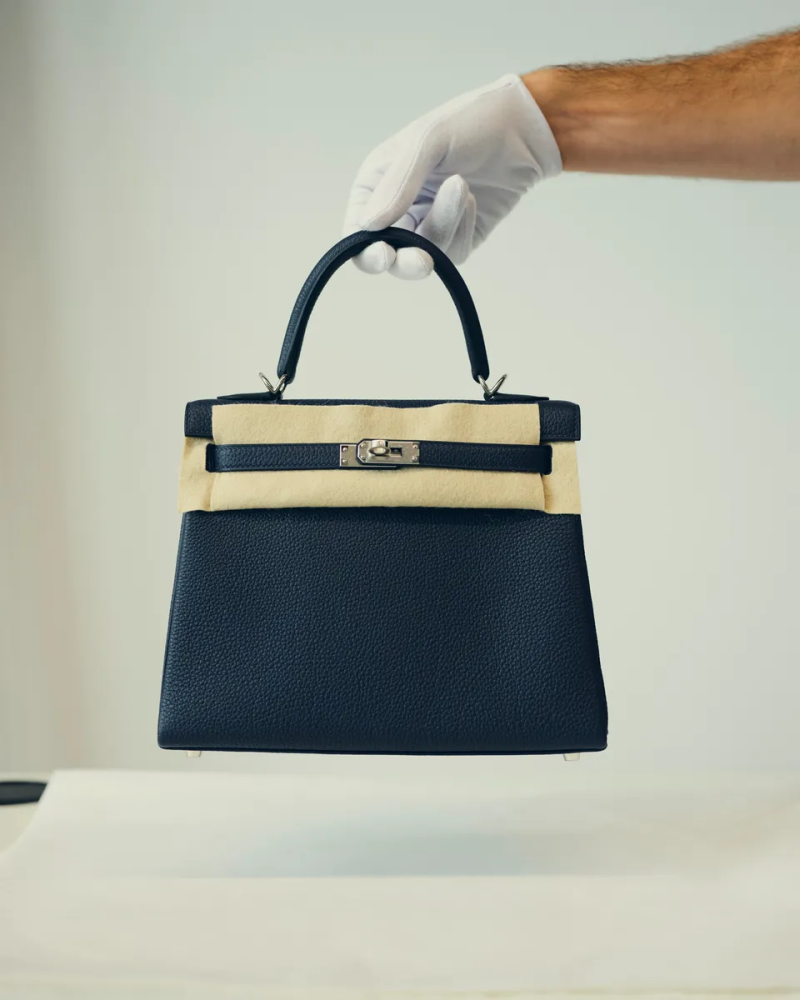
Recent Posts
